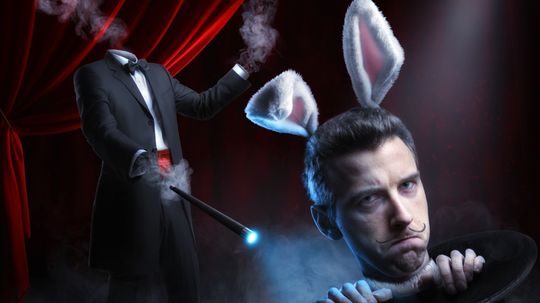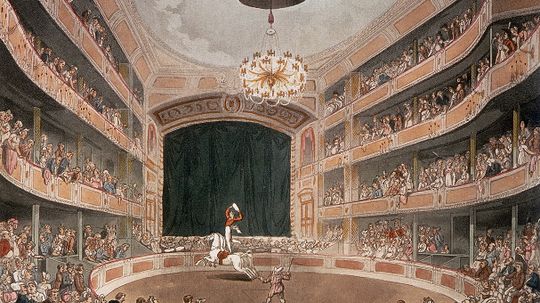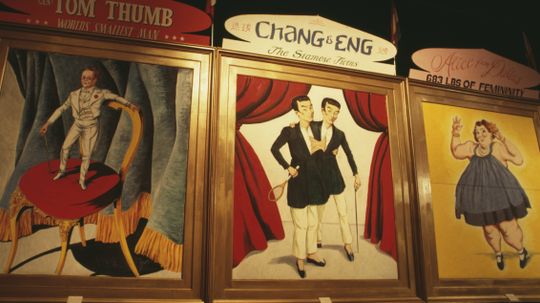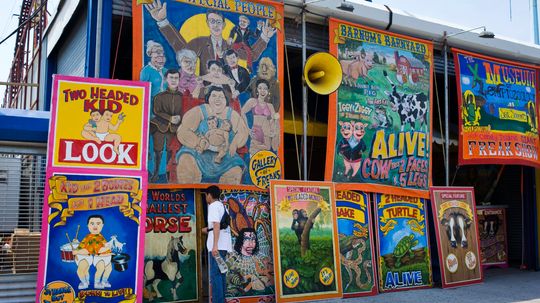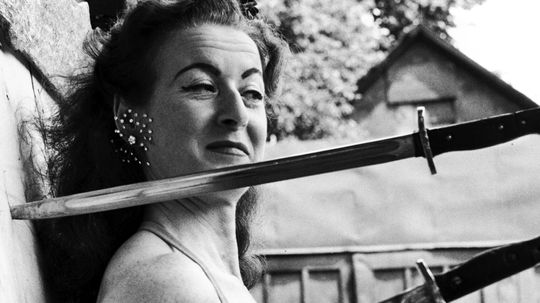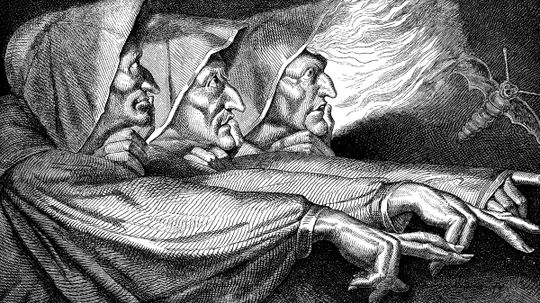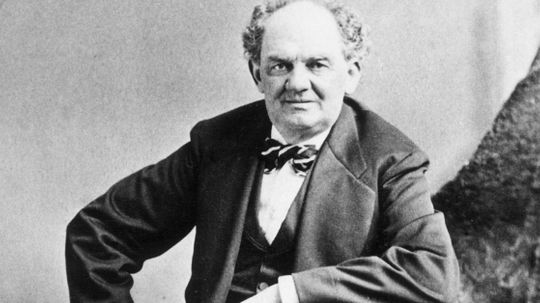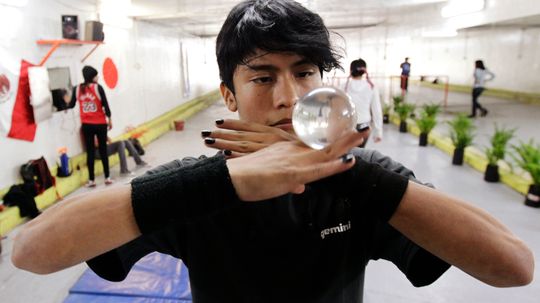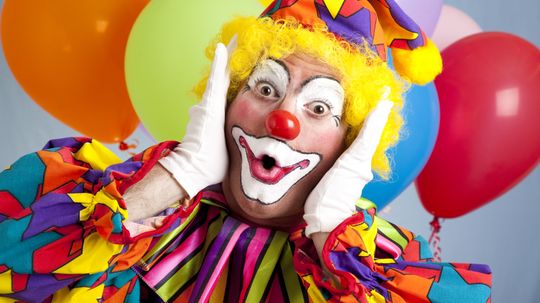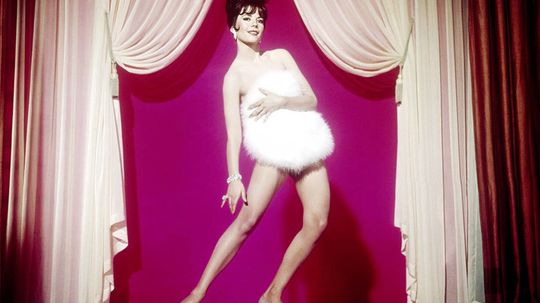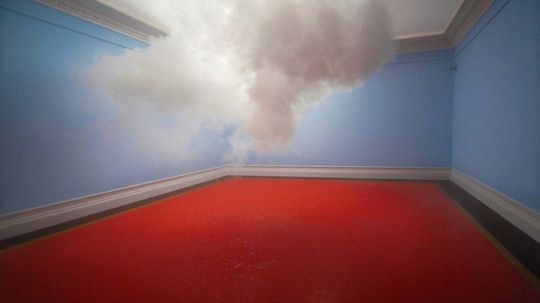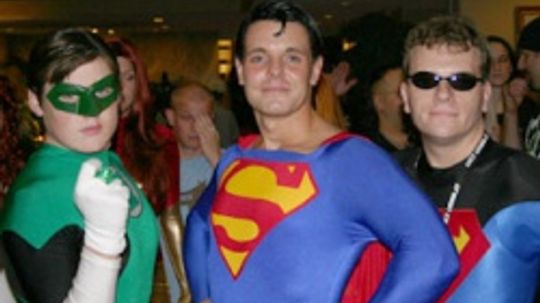Arts
Arts give us a way to explore our lives and the lives of others, whether it's on canvas, on-stage or on a page.

7 Types of Art to Find in Museums, on the Street and Beyond

6 Tertiary Colors in Graphic Design, Fashion and Decor

How to Use Neutral Colors for Sophisticated, Understated Looks
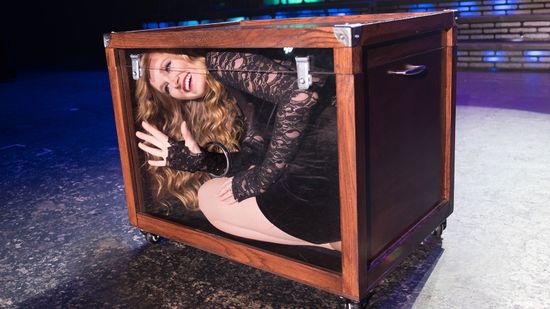
Is the 'Lovely Assistant' the Real Magician?

Dear Tony Robbins, THIS Is How You Walk on Hot Coals
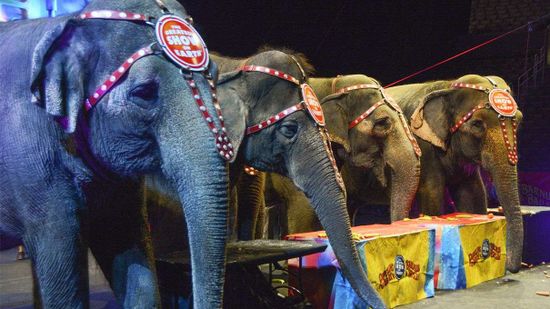
Ringling Bros. Retiring Elephants Early. PETA Still Not Smiling

10 Most Powerful DC Characters: A Highly Subjective List

The Most Powerful Marvel Character: 15 Strong Contenders

7 Manga Websites With Quality Options (Both Free and Paid)

The Scariest Books of All Time Prey on Your Insecurities

5 Types of Conflict That Make Things Interesting (For Better or Worse)

What Is Personification? All About a Common Literary Device

The Magical Art of Cambodian Shadow Puppetry Has Entertained for Centuries
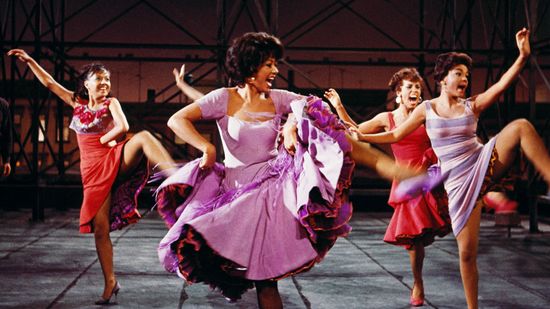
10 Groundbreaking Broadway Musicals

A High-stepping History of the Rockettes
Learn More / Page 6
We're all told as children that reading opens our horizons and helps us learn, but does "Harry Potter" expand young minds more than your average kids' book?
By Debra Ronca
Despite the significant progress made in the representations of women in writing and publishing literature, there's still plenty of work to be done when it comes to popularizing and analyzing texts written by women. With that in mind, we here at Goliath have collected 10 novels that were written by women which you should read [...] The post 10 Classic Novels Written By Women That You Need to Read appeared first on Goliath.
By Jim Halden
Magic's about making the impossible possible, but for these magicians the impossible remained out of reach - sometimes with deadly results.
Advertisement
Daredevils testing the laws of physics and the outer limits of bikes and bodies. That's what the Globe of Death act is all about. It's a breathtaking performance, no doubt; but how do they do that?
There's nothing quite like the circus, is there? The exotic animals, death-defying stunts and funny clowns have entertained folks for generations. But how did modern circuses get started? You have to go back to the 1700s.
Seems like the circus has been around forever. The circus doesn't date that far back, but many troupes operating today started in the 19th century. So which is the longest-running one? It depends on whom you ask.
Freak shows aren't part of the circus culture now, but for generations they were one of the main draws. So just how and when did circuses start displaying such curiosities?
Advertisement
Circuses haven't changed too much through the generations, but one thing you'll be hard pressed to find now is a freak show. Yet, they were once an integral part of the circus experience.
Let's just go ahead and say it: yes, knife-throwing is very dangerous. But there are strategies that a knife-thrower uses to keep an act as safe as possible.
Working in some circus jobs is not for the faint-hearted. Tightrope walkers, lion tamers or human cannonballs all face death every day. Read on to find out which is the most dangerous job.
Imagine jumping from four stories up and landing in a kiddie pool. Some brave souls make a living performing this crazy feat over and over. How do they survive that kind of punishment?
Advertisement
Since the 1600s, performances of "Macbeth" have been plagued by accidents and mysterious mishaps. Is it all because Shakespeare used actual witches' curses in the play?
You might not be whipping knives at the wheel of death by the time you finish reading this article, but you'll be on your way. Ready to learn about this awesome pastime?
You may eat off them every day, but some performers prefer to entertain with their plates. Where did plate spinning start, and what are the physics involved?
The spotlight goes up on a man, alone except for a large aluminum ring that he grips with one hand. With perfect timing, he steps in, out and around the spinning and wobbling ring in a well-choreographed dance. How does he do it?
By Dave Roos
Advertisement
Tiny but mighty, fleas are capable of some pretty amazing feats. How is insectoid strength harnessed for human entertainment?
You've probably seen these women gracefully performing pirouettes or juggling acts in the air - all while suspended by their hair. Does it hurt? And what conditioner do they use?
By Dave Roos
Born to be a showman, P.T. Barnum overcame a number of obstacles (including numerous fires, the loss of several fortunes and one dead elephant) in order to make a buck. Who was this man who was so determined to create the greatest show on Earth?
By Jane McGrath
For some, being a circus performer is a job; for others, it is a way of life. Many circus families stretch back seven or eight generations. Who are some of the most storied circus families still under the big top today?
Advertisement
They bend, they twist, they fold themselves into all sorts of strange and unnatural positions. How do contortionists become human pretzels?
By Chris Opfer
Watch the ball roll along his arm, around his back, down the other arm and under his palm. You've just seen contact juggling, an ancient practice where the ball stays in constant contact with your body. What's behind its newfound popularity?
Whether we love them or hate them, clowns aren't a rare sight. But have you ever thought about how much people can earn when they run off with the circus? Learn that and more about the serious business of clowning.
By Oisin Curran
A true burlesque performance doesn't have to depend on taking off clothes. It's about telling a story. Whether a leg or something more is the final "reveal," the audience should be pleased if the story is well-told. That's the beauty of burlesque.
By Julia Layton
Advertisement
Can weather move indoors? Thanks to an artist from Amsterdam, yes. Learn how these works of climate art come to be, and whether you're likely to have indoor weather of your own anytime soon.
They're at every sci-fi convention and Halloween party -- those people who always have the most amazing, original costumes. Learn the basics of building a costume and find out what it takes to do well in costume competitions.


